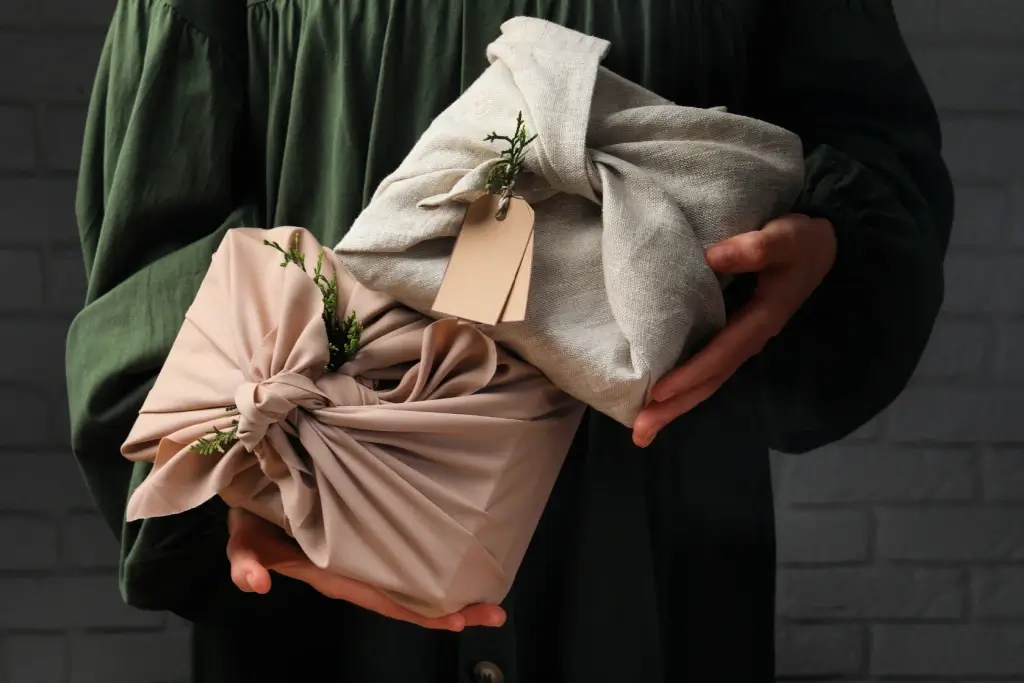As the holiday season approaches, many are excited to find the perfect gift for their loved ones. People are busy shopping for presents that show care and carry meaning. If you have a friend or family member who loves Japanese culture, why not consider an object that reflects the thriving traditions of Japan? When thinking about what to give, you may wonder: What is authentic? Explore the unique and thoughtful Japanese gifts ideal for this holiday season!
Table of Contents
ToggleFuton mattress
Japanese futon mattresses are a wonderful mix of tradition, comfort, and practicality. Their history goes back to the Edo period (1603-1868). During this time, Japanese families started using cotton-filled bedding instead of straw mats as cotton became more accessible. This simple yet clever design is more than just a mattress; it’s a part of Japan’s minimalist lifestyle.
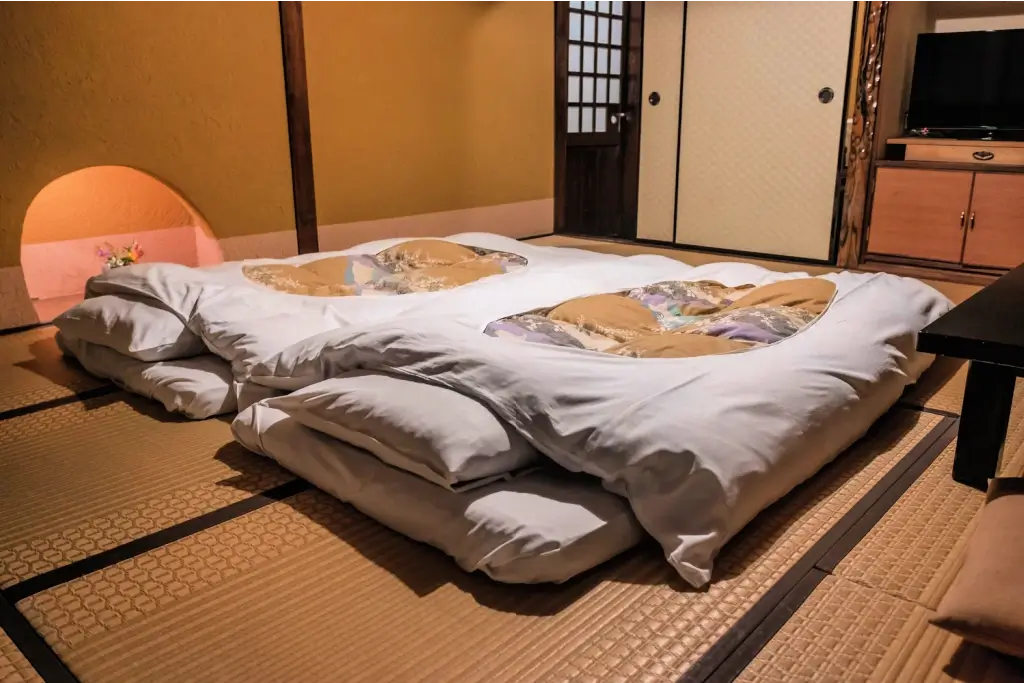
The mattress is usually paired with a kakebuton (comforter) and makura (pillow), forming a complete set easily stowed when unused. This means that one room can serve as a bedroom and a living space, making it perfect for compact homes. Futons are made with high-quality materials like wool, cotton, or synthetic fibers. These materials are carefully chosen to provide comfort and durability and maintain “what is authentic” in traditional Japanese craftsmanship.
Gifting a futon for the holidays is a unique way to share Japanese culture with friends or family. It’s a gift and a gesture of care, offering health benefits like better posture and spinal alignment thanks to its firm yet comfortable surface. Futons come in various types and styles, from lightweight travel futons to luxurious options with feather-filled kakebutons. Even many futon shops in Japan offer custom designs to match personal tastes, making the gift truly one of a kind.
Hanafuda cards
Hanafuda (flower cards) is a beautiful, special set of traditional playing cards. These cards are much smaller and thicker than standard Western cards and showcase stunning artwork inspired by Japanese nature. Each deck consists of 48 cards arranged in 12 suits, each representing a month of the year and featuring plants, flowers, animals, and seasonal symbols. This connection to nature makes every card feel like a tiny piece of art!
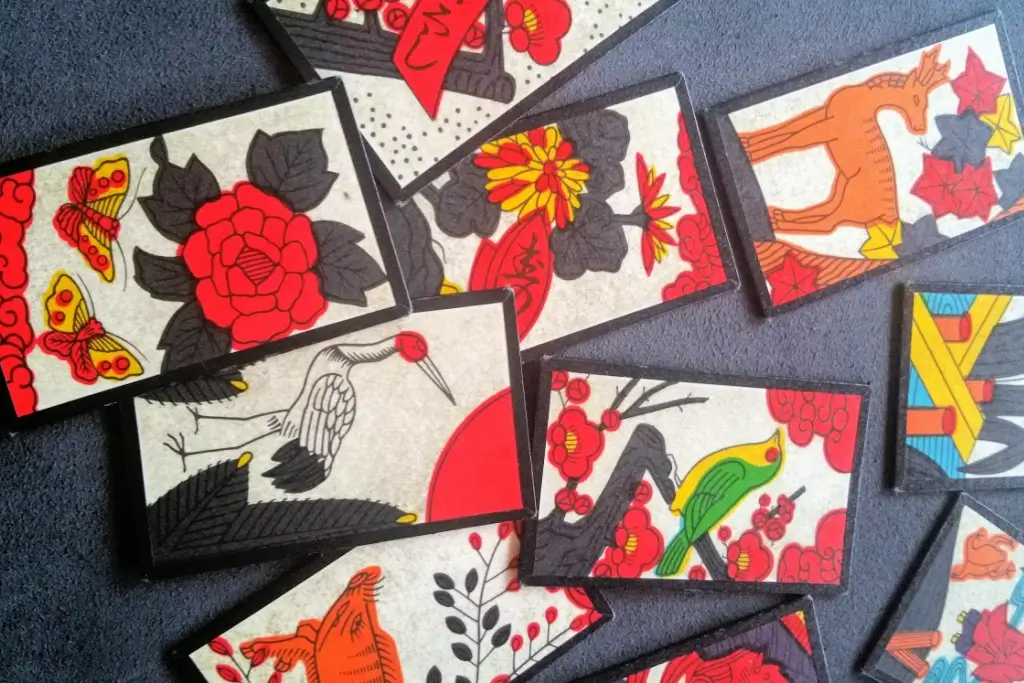
The story of Hanafuda cards is as fascinating as their designs. They started in the 16th century when Portuguese traders brought playing cards to Japan. When gambling made cards illegal, Japanese creators got creative, making charming designs with flowers and symbols to work around the rules. Over time, these cards became the Hanafuda we know today. Even Nintendo helped keep the tradition alive, adding fun themes such as Mario and Pokemon to their decks.
Giving a deck of Hanafuda cards during the holidays symbolizes a wish for joyful gatherings with family and friends. Their intricate designs and cultural significance make them perfect for collectors or anyone who loves Japanese traditions. Many shops in Japan and online provide Hanafuda cards in various varieties, ranging from traditional hand-painted decks to modern styles.
Are you looking for great Japanese snacks to enjoy for the holiday season? Check out Sakuraco! Sakuraco delivers traditional Japanese snacks, sweets, tableware, and more from local Japanese makers right to your door, perfect for a pleasant snack time at home!
Classic Japanese novels
Classic Japanese novels are a remarkable collection of cultural richness and timeless storytelling. These stories often explore themes of love, beauty, nature, and the inner struggles of the human heart. For instance, Genji Monogatari (The Tale of Genji), considered the world’s first novel, paints an intricate picture of noble life. It follows the charming yet complicated Prince Genji and his many relationships.
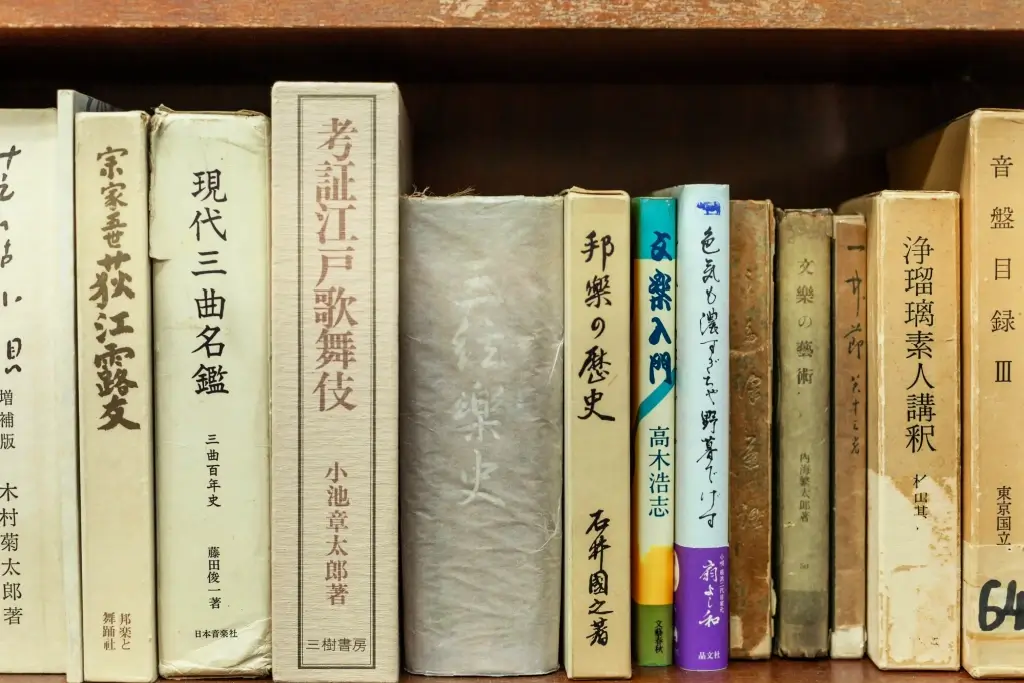
These books’ gentle language and thoughtful tone show the calm and reflective nature admired in Japanese culture. Over time, Japanese literature changed through different periods, influenced by foreign ideas during the Meiji era (1868-1912), but still focused on human emotions. These novels are popular gifts today as they represent care and Japan’s rich artistic tradition.
Traditional Japanese instruments
Wagakki (traditional Japanese instruments) has a long and fascinating history. These instruments include three types: string, wind, and percussion. They were influenced by China but developed their distinctive sounds in Japan. Some of the most famous instruments are the shamisen, a three-stringed lute; the shakuhachi, a bamboo flute; and the koto, a large string instrument.
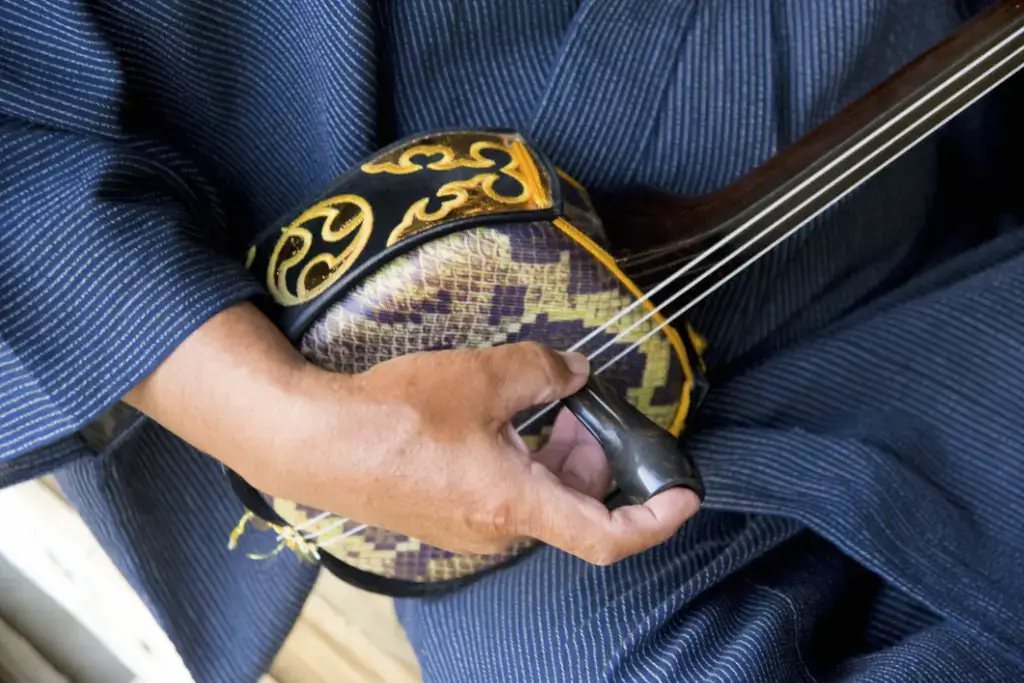
Each of these instruments deeply connects to Japan’s traditions, often playing roles in performances at royal courts, theaters, recitals, traditional concerts, and festivals. These instruments are made from bamboo, wood, and even skin. They create sounds full of emotion, bringing out a sense of mystery and beauty. While fewer people play them nowadays, they continue to be essential in preserving Japan’s cultural heritage and are a heartfelt present for the holidays.
Japanese painting
Japanese painting, or nihonga, is a captivating and ancient art form that has been around for over a millennium. It has evolved from traditional methods, influenced by Chinese art, into a uniquely Japanese style that blends old techniques with new ideas. Nihonga are typically created on washi (Japanese paper) or silk, using natural materials like mineral pigments, seashells, sumi ink, and sometimes gold or silver leaf. These materials help make the paintings vivid, with colors that range from soft pastels to deep hues.
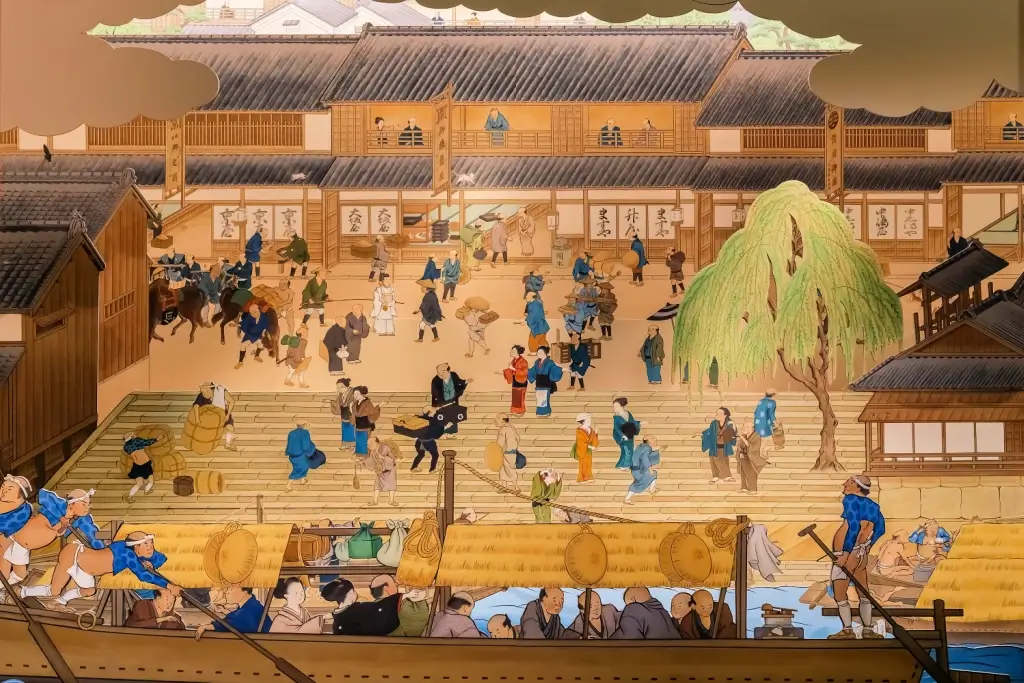
The production of Japanese paintings is a careful and delicate process, requiring skill and patience. The paintings can show many things, including scenes from nature, animals, or everyday life, capturing Japan’s peaceful yet dynamic essence. Nihonga can make an authentic gift as it carries deep cultural value and connects people to the charm of Japanese history.
Why should I get an authentic Japanese gift this holiday season?
An authentic Japanese gift, such as a comfortable futon, a classic novel, or a traditional painting, offers more than just a material present; it showcases a piece of Japan’s vibrant cultural heritage. These objects may bring warmth, artistry, and meaning into your home, creating an exclusive connection to Japanese traditions.
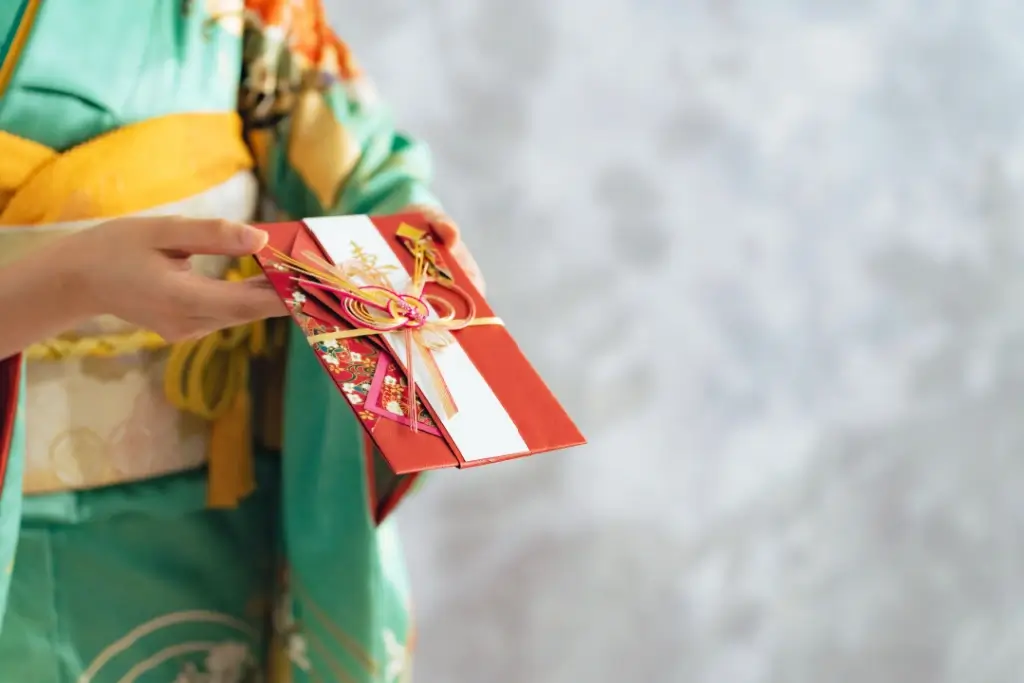
When you give such gifts, you are not just sharing something beautiful but also embracing the true spirit of “what is authentic”. So, what authentic Japanese items would you like to give or receive this holiday season? Share your thoughts in the comments!

